Can the sales of new energy buses in the second half of the year be realized?
By the middle of 2017, the passenger car market in the first half of the year had been quite mixed. On the positive side, there were frequent overseas deals, new models were emerging, and high-end road buses were once again in demand. However, the new energy bus segment remained weak. Let’s take a closer look at the major events in the passenger car industry during this period and what it means for the future of electric vehicles.
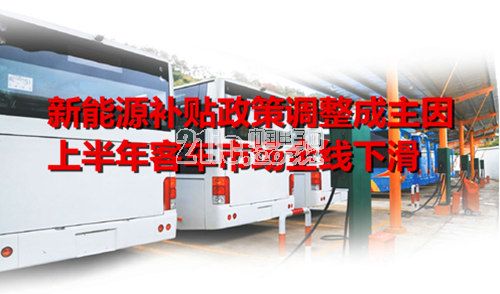
â– Production and Sales Declined Across All Models
According to the latest production and sales data from the China Association of Automobile Manufacturers, the production and sales of passenger cars in the first half of 2017 dropped by 15.34% and 13.98% respectively compared to the same period last year. The decline was even more severe for certain categories, such as medium-sized buses, which saw a drop of over 30%. Despite this, June marked a sign of recovery, with sales turning positive for the first time in months.
Industry experts noted that slowing economic growth and competition from public transportation have contributed to the slowdown. In recent years, only 2015 saw double-digit growth, largely driven by new energy buses. However, this year's new energy bus sector suffered a sharp decline due to policy changes and subsidy reductions.
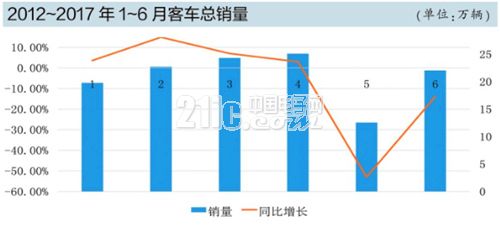
â– Bright Spots in a Challenging Market
Despite the overall sluggishness, the passenger car market brought several surprises. New models, mergers, and large orders stood out. High-end road buses like Yutong C12 and Jinlong Longwei II made their debut, while fuel cell buses from companies like Futian and Zhongtong also gained attention. Major acquisitions, such as Dongxu Group’s purchase of Shenlong Bus, signaled a shift toward new energy vehicles.
Large orders also emerged, including BYD delivering 1,100 electric buses to Shaanxi and Futian winning a contract for 1,320 pure electric buses in Beijing. International exports also picked up, with Myanmar becoming a key market for Chinese bus manufacturers.
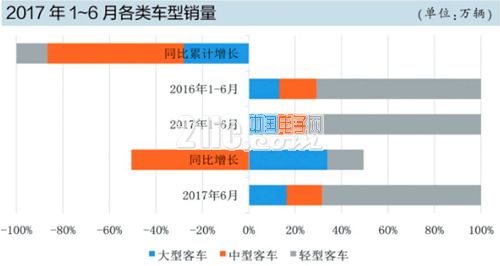
â– Strong Growth Expected in the Second Half
Industry insiders believe that the main factors behind the first-half decline include overspending, market saturation, subsidy cuts, and higher technical standards. However, with upcoming bidding plans and clearer policies, the market is expected to recover. Experts also noted that while the initial phase of new energy buses faced challenges, the long-term trend toward electrification remains strong.
Analysts suggest that most new energy bus orders tend to break out in the second half of the year, offering optimism for the full-year performance. As the industry adapts to new regulations and continues to innovate, the outlook for new energy buses appears promising.
This concludes our overview of the current state and future potential of new energy buses in the passenger car market. For more detailed insights and updates, stay tuned for further reports from electronic engineering experts.
High Frequency AC Power Supplies
High Frequency Variable frequency AC power supply converts AC electric to pure sine waveform by through AC – DC – AC conversion, which is different from variable frequency speed controller and common AC voltage regulator.
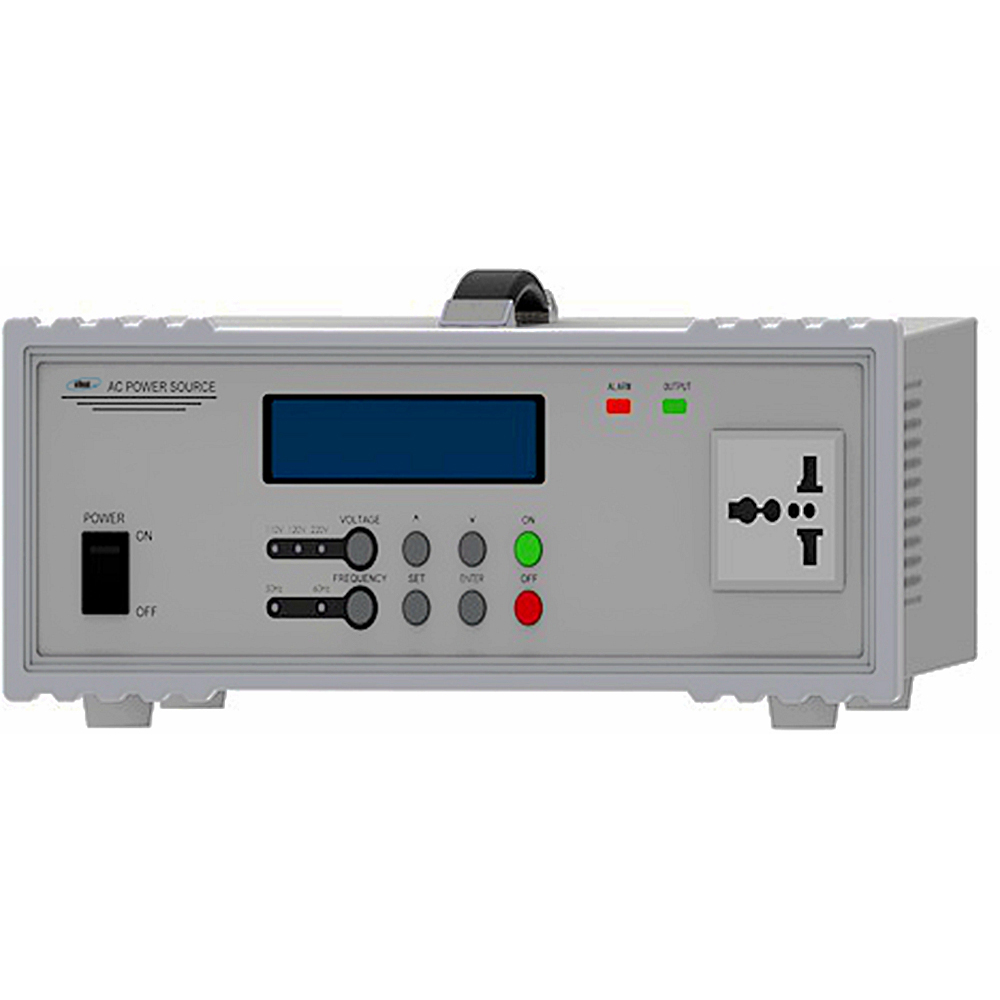
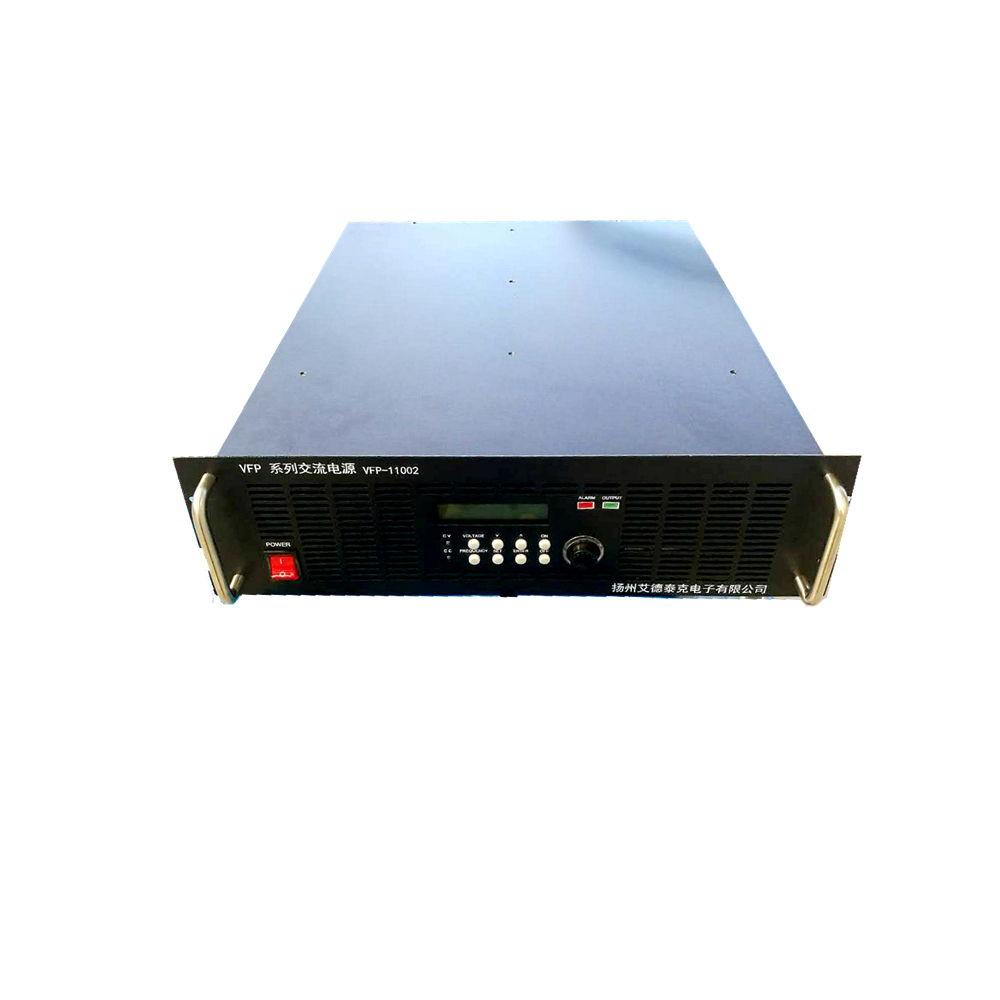
VFP-H series variable frequency power supply is manufactured under SPWM mode; it is designed by MOSFET module as active component, and adopts other technologies as digital frequency division, D/A conversion, instantaneous feedback and sinusoidal pulse width modulation to make the capacity of single unit up to 150KVA. Isolated transformer used to enhance total stability, strong load applicability, high quality output waveform, and simple operation, small size and light weight. In addition, this power supply has many protective functions against short circuit, over current, over load and over heat to ensure proper operation.
Comparing to traditional frequency inverter power supply, our inverter power supply removes the transformer and frequency converter, by using pure high-frequency conversion technology, with built-in by AC/DC and DC/AC parts, our AC inverter power supply could give stable AC output with prefect output precision.
Because, our new technology does not need transformer for conversion and isolation, the power supply size can be reduced within the same output power rating, and not limited by the transformer, output frequency could reach 15 ~ 1Khz continuously adjustable.
High Frequency AC Power Sources, AC High Frequency Power Supplies, High Frequency AC Sources, AC Power Sources, AC Power Supplies
Yangzhou IdealTek Electronics Co., Ltd. , https://www.idealtekpower.com